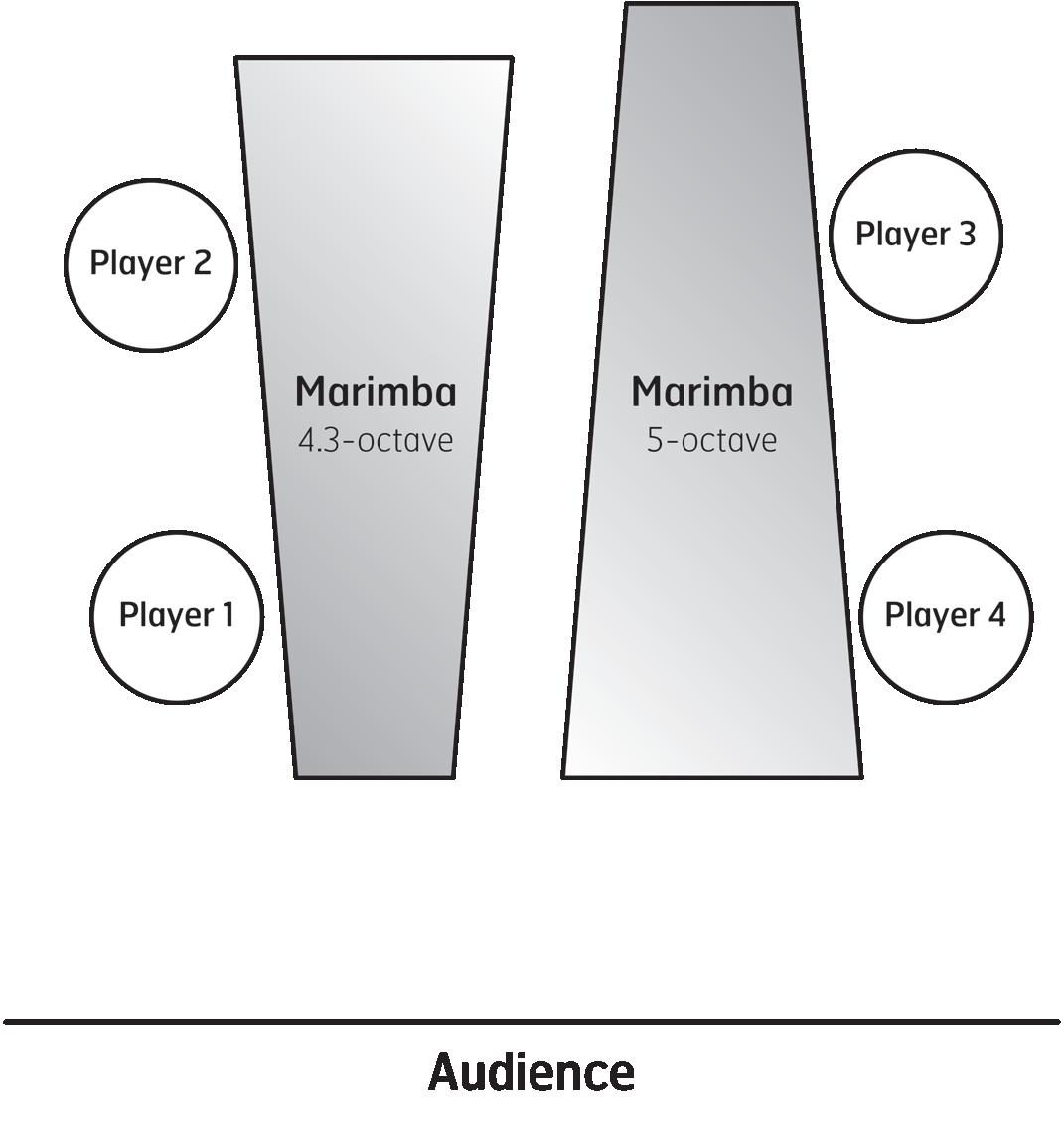RUSSELL WHARTON LIGHTWEAVER
Lightweaver by Russell Wharton © 2025 Tapspace Publications, LLC (ASCAP). All rights reserved.
tapspace.com
Notice of Liability: Any duplication, adaptation, or arrangement of this composition requires the written consent of the copyright owner. No part of this composition may be photocopied or reproduced in any way without permission. Unauthorized uses are an infringement of the U.S. Copyright Act and are punishable by law.
TSPCE25-014
PROGRAM NOTES
Lightweaver is a piece about coming to terms with the undesirable, darker parts of one’s psyche. Known in Jungian psychology (based on the work of psychologist Carl Jung) as the “shadow,” these parts of us unconsciously guide our decisions and emotions and can cause us great psychological pain. One of the core tenets of Jungian psychology is that a healthy inner life can only be achieved by acknowledging, questioning, accepting, and integrating the shadow.
Jung writes: “[the] Shadow is that hidden, repressed, for the most part inferior and guilt-laden personality whose ultimate ramifications reach back into the realm of our animal ancestors… If it has been believed hitherto that the human shadow was the source of evil, it can now be ascertained on closer investigation that the unconscious man, that is his shadow does not consist only of morally reprehensible tendencies, but also displays a number of good qualities, such as normal instincts, appropriate reactions, realistic insights, creative impulses, etc.”
The title Lightweaver is a reference to The Stormlight Archives, a fantasy book series by Brandon Sanderson. The Lightweavers are magic users whose powers are directly tied to their ability to integrate their various personalities and to be honest with themselves—a very Jungian journey.
The piece begins with a nagging rhythmic figure that possesses a mathematical quality. This represents knowledge and logic; it has a “human darkness” to it. As the nagging continues, devils show their face and begin to swirl. All is dark.
We are taken through a number of devilish scenes before another scene emerges: It is beautiful and warm but fleeting. We are left wanting more of it. How can we get it back?
More devilish scenes follow, with none of the warmth from just a moment before. We are treated to jarring rhythms and outlandish harmonies, increasing in intensity until we reach a breaking point: a wail of frustration and regret! We breathe deeply and meet our sorrow with empathy. Eventually we find our composure.
We return with resignation to the nagging figure from the opening, but something is different when the rest of the parts enter. They feel less ominous than before, and things seem to make more sense. We have begun to use our shadow rather than be ruled by it. We dance with this new feeling; for the first time in this piece, we are having fun.
We begin to gain control and agency over our different facets, and eventually we reach that moment of revelation where all parts of ourselves are integrated. Buoyed by our darkness in the form of a rhythmic foundation, we soar with unrestrained joy across warm, angelic harmonies.
—Russell Wharton
PLAYERS, INSTRUMENTATION, SETUP
Lightweaver requires 4 players with the following instrumentation:
• (1) low A marimba – shared between players 1 and 2
• (1) 5-octave marimba – shared between players 3 and 4



